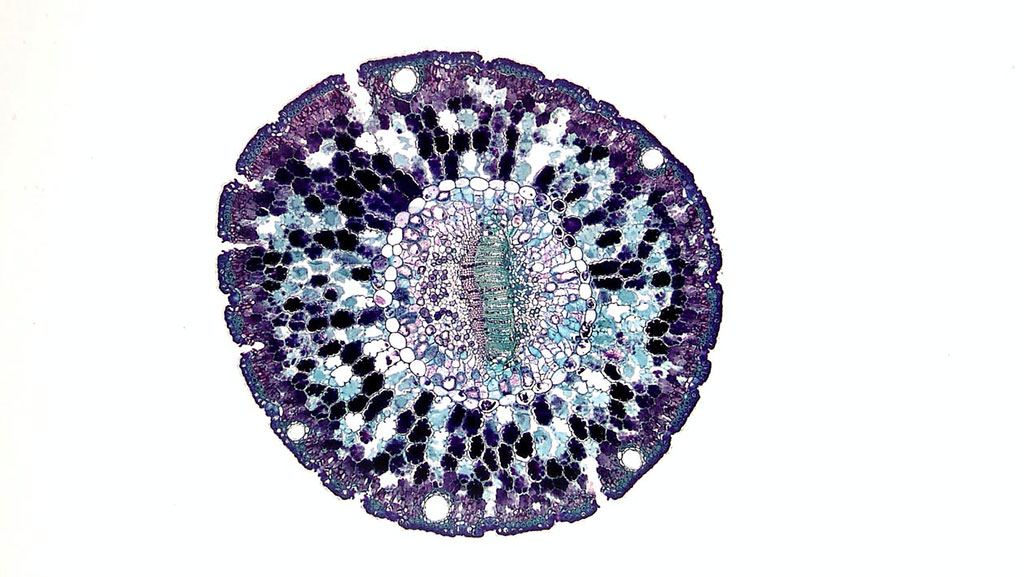Multiplex PCR-Based Test Detects UTI Pathogens and Antimicrobial Resistance Genes
Posted on 23 May 2022
A new multiplex PCR-based test allows for the in vitro detection and differentiation of 14 pathogens that cause urinary tract infections (UTI), as well as 14 antimicrobial resistance (AMR) genes encoding resistance to five antibiotics, all in one run.
Vela Diagnostics (Singapore) has launched the Sentosa SA201 Reporter, its new PathoKey MP UTI ID and AMR PCR Test for research use only (RUO) that is compatible with common real-time PCR cyclers, such as the Rotor-Gene Q 5/6 plex Platforms and QuantStudio 5 Real-Time PCR System. The test can generate a report that consolidates pathogen and AMR results for each sample when used with the Sentosa SA201 or Applied Biosystems 7500 Fast Dx, providing users with access to a comprehensive yet easy-to-read report.

The test offers laboratories the option of using either an automated or manual workflow. Laboratories with high throughput can choose from two of Vela Diagnostics' highly-automated solutions, which incorporate the Sentosa SX101 instrument for extraction and PCR setup, generating a report within 4 hours, and with as little as 30 minutes of hands-on time. The second automated workflow includes the KingFisher Flex instrument for an even higher throughput. Laboratories with lower throughput may choose to employ the manual workflow option to prevent wastage as batching is not required.
"When designing our PathoKey MP UTI ID and AMR PCR Test, we prioritized automation, flexibility and comprehensive report generation," said Dr Charlie Lee, Head of Research and Development of Vela Diagnostics. "We believe that through comprehensive data analysis and reporting, VELA's UTI solution will give timely and insightful results to customers. Being a 2-in-1 test, it is able to detect and differentiate between the UTI-inducing pathogens as well as their AMR profiles in one run, improving lab efficiency."
"Following the COVID-19 pandemic, our install base has widened substantially," added Scott Cassidy, Director of Business Development, who is optimistic about the adoption of VELA's PathoKey UTI Tests. "We plan to leverage the channels we have established throughout this period to firmly plant our foot in the UTI diagnostics market. We will look into creating a version of the test compatible with the Hamilton instrument, allowing for higher throughput according to market demand."
"Laboratories wishing to gain further insights into their samples will have the reflex option of using our PathoKey SQ FLEX Pathogen ID Assay, which will be launched in the third quarter of 2022," said Sam Dajani, Chairman and CEO of Vela Diagnostics. "The NGS-based assay enables users to delve into the microbial makeup of their samples, including the identification of pathogens which may be missed by PCR-based tests."
Related Links:
Vela Diagnostics








 (3) (1).png)
 assay.jpg)




